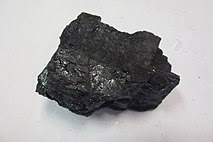
The Army did not have enough soldiers to fight all of the naturally occurring fires and concentrated on those that were close to roads or human habitation. However, several deadly fires, most notably the 1871 Peshtigo Fire, which killed more than 1,500 people, the 1889 Santiago Canyon Fire, and the 1910 Great Fire made the public believe that all fires were bad. In 1916, the National Park Service took over park management from the Army and fire suppression became the only fire policy for the next fifty years.




